The Pantheon is a monument that still today is a source of inspiration, for the greatest architects of all ages for his geometries and its harmonic shapes.
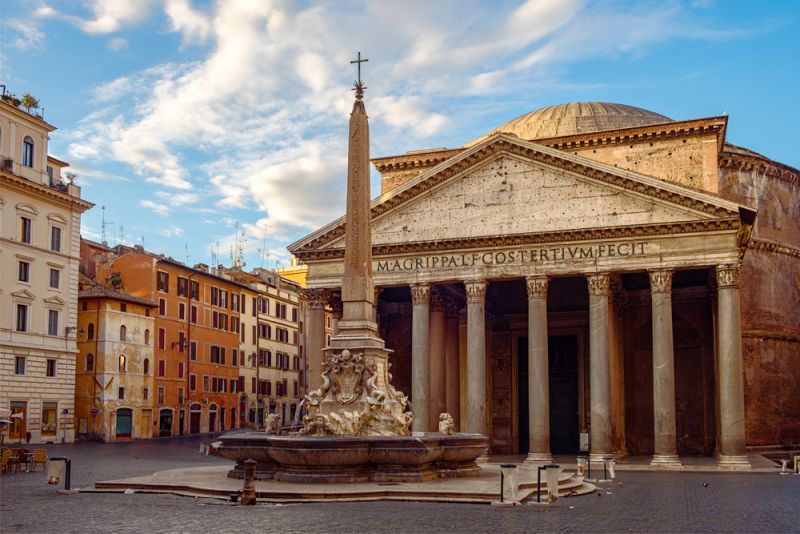
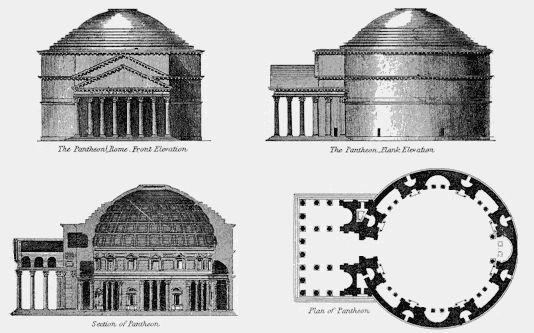
Story of the Pantheon
Built by Agrippa between 25 and 27 BC, it was a temple dedicated to the Roman Gods. In addition, it is the only ancient Roman building that has remained practically intact through the centuries.
You can admire the present building as a result of the reconstruction by emperor Hadrian between 118 and 125 AD. You can see the current structure consequently to expanding it, and reversing its orientation and opening a large square with a portico in front of the new temple.
Then it fell into neglect and barbarians plunder it in 609 AD. Then Byzantines donate it to Pope Boniface IV, who consecrated it by dedicating it to Santa Maria ad Martires, thus preserving it from the plundering that affected many ancient monuments of the Middle Ages. The basilica houses an ancient Byzantine icon of the Virgin and Child. The Emperor Phoca presented it to Pope San Bonifacio IV on the occasion of the dedication of the ancient pagan temple to Christian worship.
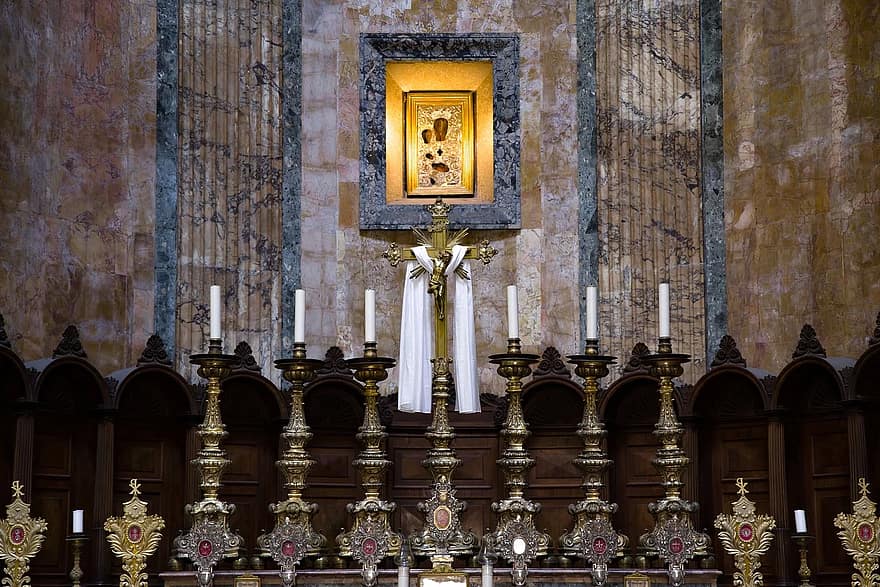
Memorial chapel of Raffaello
The Pantheon was an inspiration to Raphael, one of the greatest architects of the Renaissance, and he requested it be his place of eternal rest.


“Quod non fecerunt barbarians, fecerunt Barberini”
In 1625, under the pontificate of Urban VIII Barberini, they removed its bronze covering of the portico. This in order to create the canopy of San Pietro and several cannons for Castel Sant’Angelo. For this reason, the popular saying: “Quod non fecerunt barbarians, fecerunt Barberini”. In other words, what the barbarians did not do, Barberini did for them.
Moreover, in the same years, they built two bell towers on either side of the facade. Then they removed them with the unification of Italy.
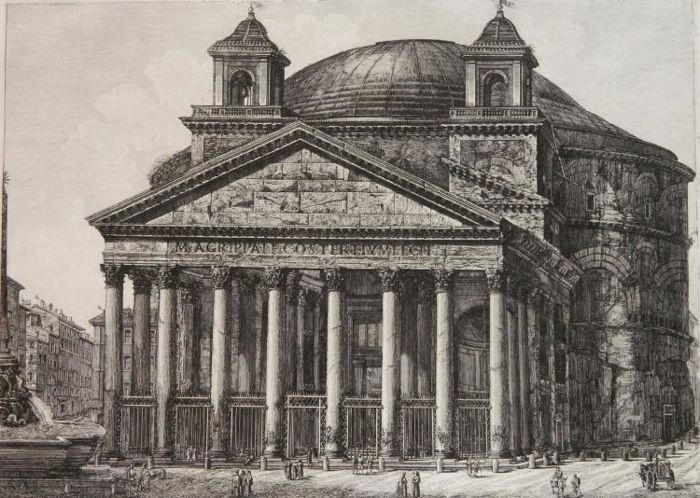
Memorial chapel of the kings
By 1870, the Pantheon is a memorial chapel for the kings of Italy. In facts, there are the tombs of the kings Vittorio Emanuele II, Umberto I and the queen Margherita di Savoia.
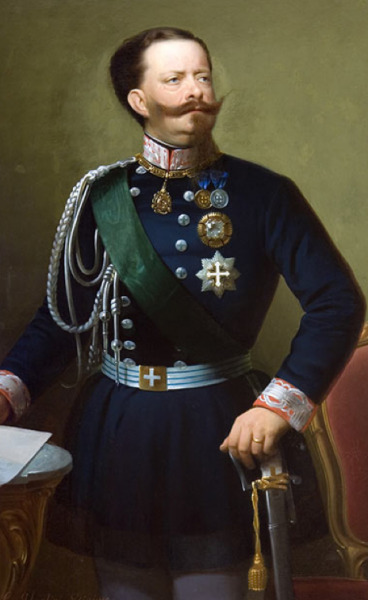
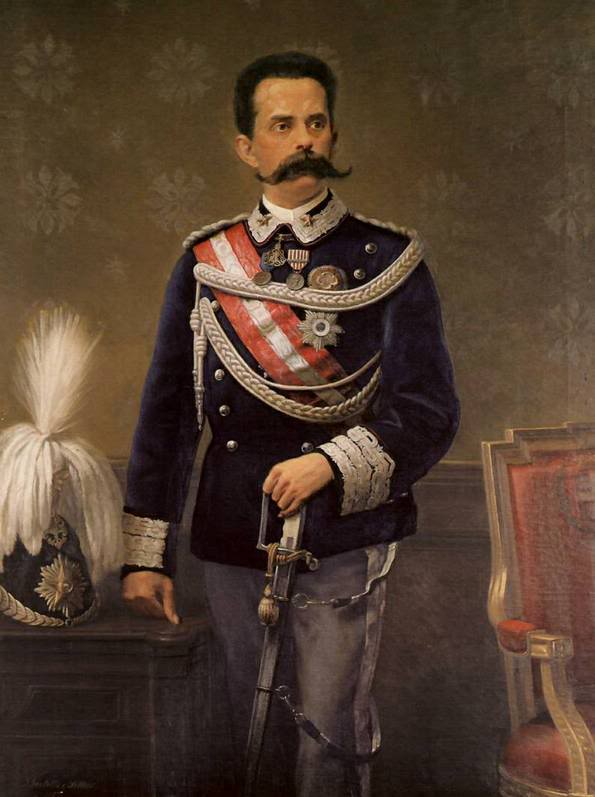

The dome and its “oculus”
The opening in the dome has a diameter of 8.7 metres and lets in light in a special way. In addition, this ‘oculus’ was deliberate by Hadrian’s to let the visitors of the temple be in direct contact with the heavens. With its diameter of 44.4 metres, the dome is the largest unreinforced concrete dome in the world. In addition, the diameter it is the same as the height from the floor to the oculus. At the edges, the dome is over seven metres thick, made of heavy types of rock. Near the oculus, the thickness of the dome is only 1.2 metres, made mostly of light pumice.
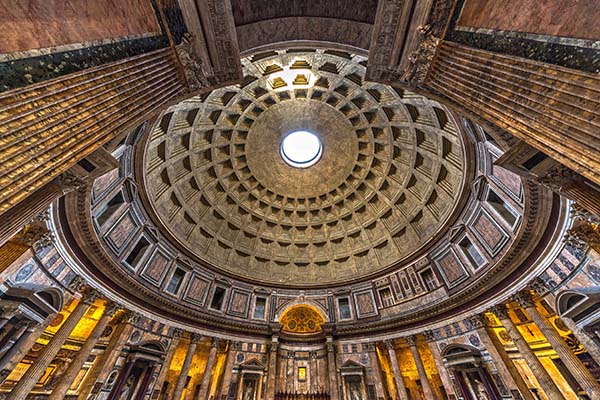
Events
Every year on the day of Pentecost from the oculus at the celebration of Corpus Domini, a rain of petals falls.

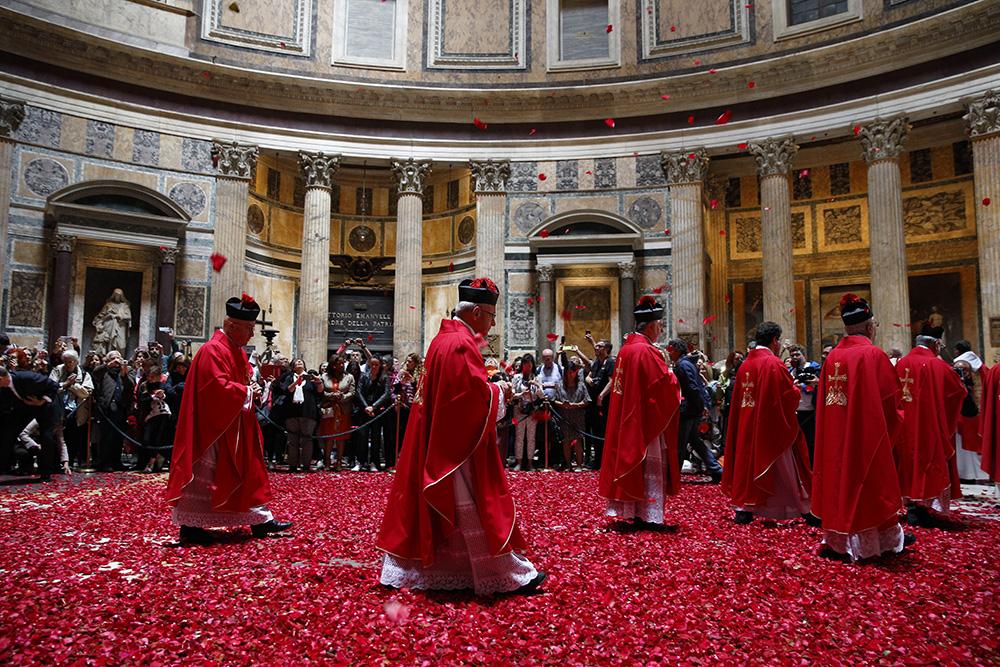
Visits
The Pantheon is open from 9 a.m. to 7 p.m. (last admission 6.30 p.m.), in accordance with the recent provisions of the DCPM and in compliance with the necessary measures to guarantee a safe visit experience. Access to places of culture is allowed from 6.8.2021 only with the Green Pass. Reservations are required for access on Saturdays and holidays; for those who book a tour with an audio guide or a guided tour on this website, it will be sufficient to show the voucher at the entrance, at the visiting time chosen during the booking phase.